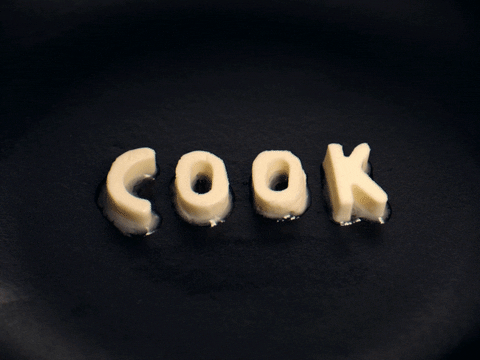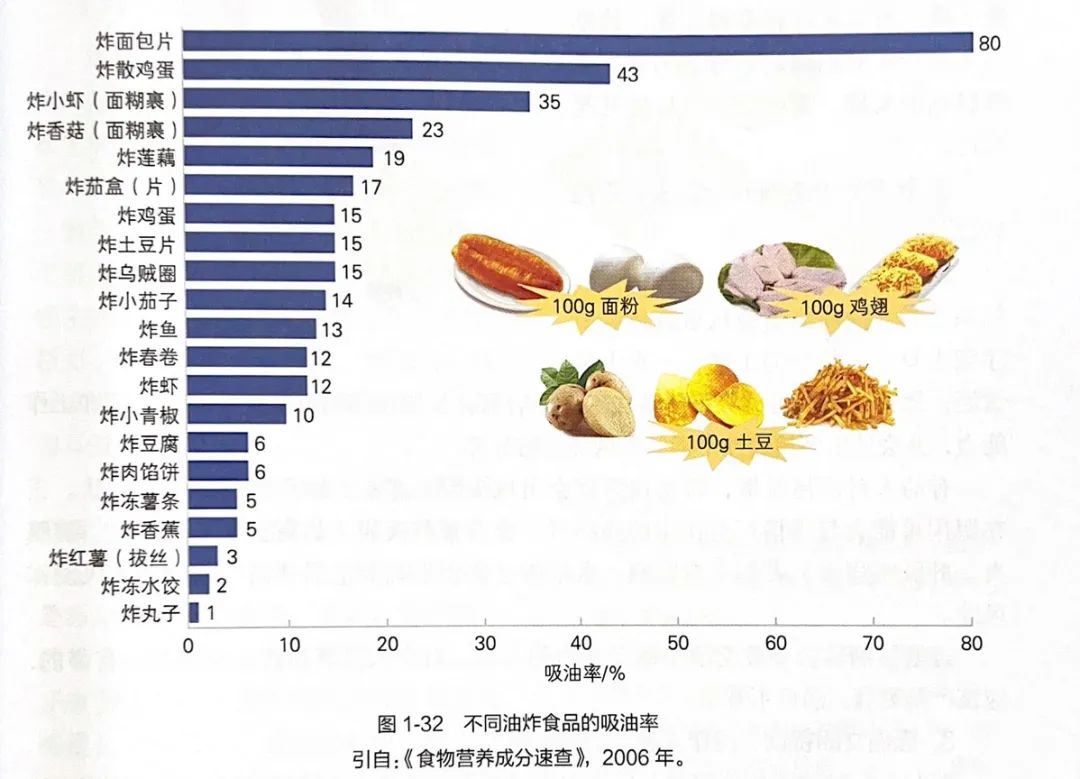Nutrition experts "evaluate" 4 types of vegetable oil, summarize a common point in common
Author:Life Times Time:2022.08.29

Frying, frying, frying, stir -fry, explosion, stingy ... Each sound of cooking that sounds delicious is closely related to edible oil.

The "Chinese Resident Dietary Guide (2022)" pointed out that when purchasing edible oils at home, pay attention to changing varieties and diversified mixing, but not all oils are suitable for high temperature cooking.
What reactions will occur when eating oil? "Life Times" (search "LT0385" in WeChat can be followed) invites nutrition experts to interpret it to teach you scientific use according to different oils.
Interviewed expert
Zhang Shuangqing, a researcher at the Institute of Nutrition and Health, China Disease Prevention and Control Center
Zheng Feifei, a registered nutritionist in China
Various edible oils, afraid of different heat levels
More than 99%of the ingredients in cooking oil are fat, and the difference in fat is mainly reflected in fatty acids. Fatty acids in edible oil can be divided into:
Saturated fatty acids: no unsaturated double bonds
Monopodism fatty acids: such as oleic acid, including 1 unsaturated double key
Multi -unsaturated fatty acids: such as linoleic acid and linolenic acid, including 2 or more unsaturated double bonds

Among them, saturated fatty acids are more stable at high temperatures, and the more double bonds in unsaturated fatty acids, the more prone to oxidation polymerization reactions during high temperature heating, and produce hydrogen peroxides and aldehyde types that are harmful to human health.
Among the edible oil we often eat, there are more saturated fatty acids including palm oil, coconut oil, lard, butter, sheep oil, butter, etc. The heat resistance of them is the best. Fry.
The intake of daily saturated fatty acids should be controlled below 10%of the total fat intake.
4 Categories of common edible oil are analyzed by heat heat
In addition to the above -mentioned oil containing more saturated fatty acids, other oils are more or less afraid of heat. When cooking, choose applicable occasions based on the degree of heat.

Line seed oil, perilla seed oil, etc.: It is best not to cook
Edible oils containing linolenic acid (3 unsaturated double bonds) include linen seed oil, perilla seed oil, and deep -sea fish oil. Their omega 3 is unsaturated fatty acids, which can help prevent cardiovascular disease and cardiovascular disease and Brain.
However, these oil resistance is very poor, and high temperatures will destroy the nutrients in the oil in large quantities, and will also produce latic substances and trans fatty acids that are not good for healthy.
It is recommended to use this type of oil to mix cold dishes, dumplings, or soup. If you don't like their special taste, you can also mix with sesame oil or salad sauce.
Soybean oil, corn oil, etc.: Don't wait until smoke
Rich edible oils including linoleic acid (with 2 unsaturated double bonds) include soybean oil, corn oil, sunflower seed oil, wheat germ oil, etc. These oils contain unsaturated fatty acids, especially linoleic acid, which are particularly high. It is difficult to solidify and has poor heat resistance.

It should be pointed out that the most heat -resistant to this type of oil is soybean oil.
Unlike corn oil and sunflower seed oil contains more vitamin E and other antioxidant substances, soybean oil removes most vitamin E during refining, which causes it to lose the protection of antioxidant substances (research shows that the appropriate amount of vitamin E is 200 in 200 at 200 Below ° C can slow the oxidation process of fat), so it is more prone to oxidation.
This type of oil is prone to oxidation polymerization reactions at high temperatures, especially when heating to smoke (about 200 ° C), it will produce more harmful substances. The remaining aldehydes in oil fume and oil are harmful to the human body.
It is best not to use them to fried foods, stewing vegetables or stir -fry is more suitable. Light frying is different from the stir -fry. It takes hot pot to cool oil. When the oil is not smoked, put the vegetables and stir -fry immediately, and turn out the hot pot in a short period of time.
Mountain tea oil, peanut oil, etc.: It should not be fried
Oil acid (only one unsaturated double bond) rich edible oils include olive oil, tea seed oil, rapeseed oil, rice bran oil, peanut oil, etc. These oils have less content, so the heat resistance is better.
This type of oil can be used for daily cooking, but it is not suitable for fried and cannot be heated repeatedly. The heat resistance of olive oil and tea seed oil with very high oleic acid content will be better, which can be used to fried food.
Special fragrance oil: It is best not to "see the fire"
Sesame oil (sesame oil) is a kind of fragrant edible oil. Although from the perspective of fatty acids, sesame oil has a certain heat resistance and can be used for daily cooking, but its fragrance ingredients are easy to be decomposed by thermal decomposition, making sesame oil lost the original. Scent, so it is generally not recommended to cook with sesame oil.
The same is true of virgin olive oil. Fresh virgin olive oil has a fragrance, which can be dipped in bread directly.
If you want to keep the various nutrients in the virgin olive oil to the greatest extent, it is best to eat it directly. Do not heat it. It is recommended to use refined olive oil.
Scientific oil, remember 5 o'clock
After understanding the heating reaction of each oil, choosing a variety of cooking methods and paying attention to identifying ingredients is also the key to scientific oil.
Control intake
The "Dietary Guide to Chinese Residents (2022)" pointed out that the amount of cooking oil and animal fat should be reduced, and the daily cooking oil intake should be 25 ~ 30 grams.

Choose less oil cooking methods
During cooking, use steamed, boiled, stewed, shower, cold, etc., use non -stick pots, oven, electric baked pan, air fried pot and other cookingrs, and use it to help save oil.
Change the variety to eat
The fat is to be eaten, and the main consideration is the balance of fatty acids. If fatty acids are similar, the difference between eating and not changing.
For example, soybean oil, corn oil and sunflower seed oil are similar; tea seed oil is similar to olive oil.Different oil replacement should be replaced according to the variety of fatty acids, such as sunflower seed oil and peanut oil replacement.Pay attention to the fuel absorption rate of ingredients
Some foods such as bread and eggs will absorb more oils, and it is best to use fried cooking methods.
Picture source "Chinese Resident Diet Guidelines (2022)"

Frying leftover oil is best not to "re -heat"
As long as the edible oil does not turn turbid and the color is darker, fried oil can also be eaten.
However, it is best not to heat again when eating this oil. When the oil is heated again, its oxidation reaction speed will be greatly accelerated, and more harmful substances will be generated.
It is recommended to use fried leftover oil to adjust the cold dishes, make soup, stuffed or steamed rolls, etc., and should be used up as soon as possible to prevent further oxidation after contacting the air.
Editor in this issue: Xu Menglian
- END -
In order to cook for the healthy cooking and cook, it only ignores the harm caused by the oil fume of the kitchen.

Most people do not exclude themselves to cook in the kitchen, and even many people...
Taizhou, Jiangsu held 2022 Xiangtai Morning Tea Gourmet Campaign

In order to further enhance the reputation of Taizhou City in Jiangsu Province in ...